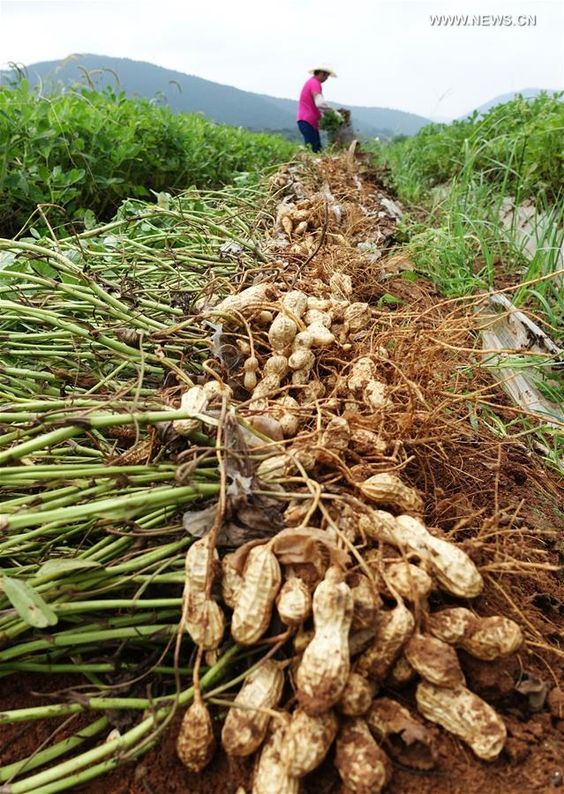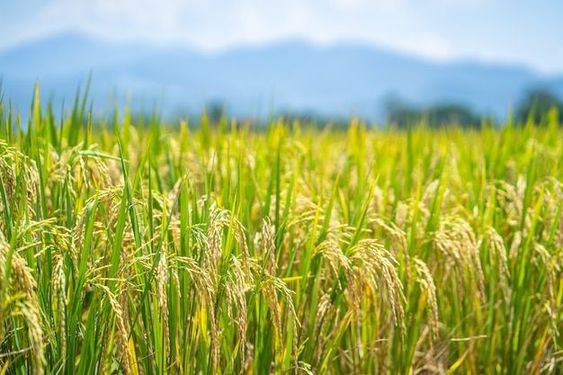Sowing the Seeds of Success: Smart Corn Planting Systems for Modern Agriculture
Corn Planting, also known as maize, is a vital crop feeding billions worldwide. As the global population continues to rise, so too does the demand for efficient and sustainable agricultural practices. In this context, smart agriculture emerges as a game-changer, and within this realm, smart corn planting systems hold immense potential for maximizing yield and optimizing resource utilization.
This article delves into the world of smart corn planting systems, exploring how they revolutionize corn production. We’ll examine the key components of these systems, their benefits, and how they integrate with the broader concept of smart agriculture. Additionally, we’ll discuss considerations for implementation and future advancements in this exciting field.
Contents
The Heart of Precision: Unveiling the Components
Smart corn planting systems represent a technological leap forward in the traditional practice of sowing seeds. These systems are comprised of several key components working in harmony:
- Machine Control Systems: These systems, often referred to as guidance systems, utilize GPS technology for high-precision planting. They ensure accurate seed placement, row spacing, and depth control, crucial factors for optimal germination and growth.
- Variable Rate Technology (VRT): VRT allows for the application of inputs like seeds, fertilizer, and pesticides at variable rates based on real-time data. Sensors analyze soil conditions, including moisture levels, nutrient content, and potential pest threats. Based on this data, the system adjusts the application rate, ensuring resources are optimized and environmental impact is minimized.
- Data Acquisition and Analytics: Sensors play a critical role in smart planting systems, collecting data on various parameters like soil moisture, air temperature, and plant health. This data is then transmitted wirelessly to a central platform for real-time monitoring and analysis. Farmers can then access this information through user-friendly dashboards or mobile applications, allowing for informed decision-making.
- Automation and Robotics: While still in their early stages, automation and robotics are showing promise in corn planting systems. Autonomous tractors with automated planting mechanisms are reducing reliance on manual labor and increasing efficiency. Additionally, robotic seed feeders ensure accurate seed placement and minimize seed waste.
Reaping the Benefits: Why Go Smart with Corn Planting?
The integration of these components in a smart corn planting system offers a multitude of benefits for farmers:
- Increased Yield and Efficiency: Precise seed placement translates to better germination rates and uniform plant growth. VRT ensures that seeds and resources are used optimally, leading to higher yields with less waste.
- Improved Resource Management: Smart systems help farmers understand their fields at a granular level. By analyzing soil data, they can apply fertilizer and water precisely where needed, reducing costs and environmental impact.
- Reduced Labor Costs: Automated planting and data collection reduce reliance on manual labor, freeing up farmers’ time to focus on other tasks. This is particularly beneficial for large farms or those facing labor shortages.
- Enhanced Decision-Making: Real-time data access empowers farmers to make informed decisions about planting dates, irrigation schedules, and pest control strategies. This data-driven approach fosters proactive management.
- Improved Sustainability: By optimizing resource use and minimizing waste, smart planting systems contribute to a more sustainable agricultural approach. Additionally, precise fertilizer application lowers the risk of environmental pollution.
Taking Root in the Ecosystem: Smart Planting in Smart Agriculture
Smart corn planting systems are not isolated solutions; they are integral components of the broader smart agriculture ecosystem. Here’s how they integrate with other smart agricultural technologies:
- Weather Monitoring Systems: Real-time weather data helps farmers adjust planting schedules, irrigation plans, and application of pesticides based on anticipated weather conditions.
- Yield Monitors: These systems mounted on harvesting equipment collect data on yield variations across the field. This data can be used to identify areas requiring additional resources or adjustments for future planting seasons.
- Drone Technology: Drones equipped with sensors provide farmers with aerial imagery of their fields, helping them identify potential issues such as pest infestations or nutrient deficiencies. This data can be fed into the smart planting system for informed decision-making.
By combining data from these diverse sources, farmers gain a holistic understanding of their fields, promoting a more comprehensive approach to agricultural management.
Considerations for Implementation: Before You Sow with Smarts
While the advantages of smart corn planting systems are compelling, there are a few factors to consider before implementation:
- Cost: The initial investment in smart systems can be significant. However, long-term savings on resources, increased yield, and improved efficiency can outweigh the initial cost.
- Technical Expertise: Operating these systems may require some degree of technical knowledge. Training programs and user-friendly interfaces are crucial for smooth adoption.
- Data Management: Smart systems generate a wealth of data. Farmers need to have adequate data management practices in place for secure storage and analysis.
- Connectivity: Reliable internet connectivity is essential for data transmission and access to real-time information.




